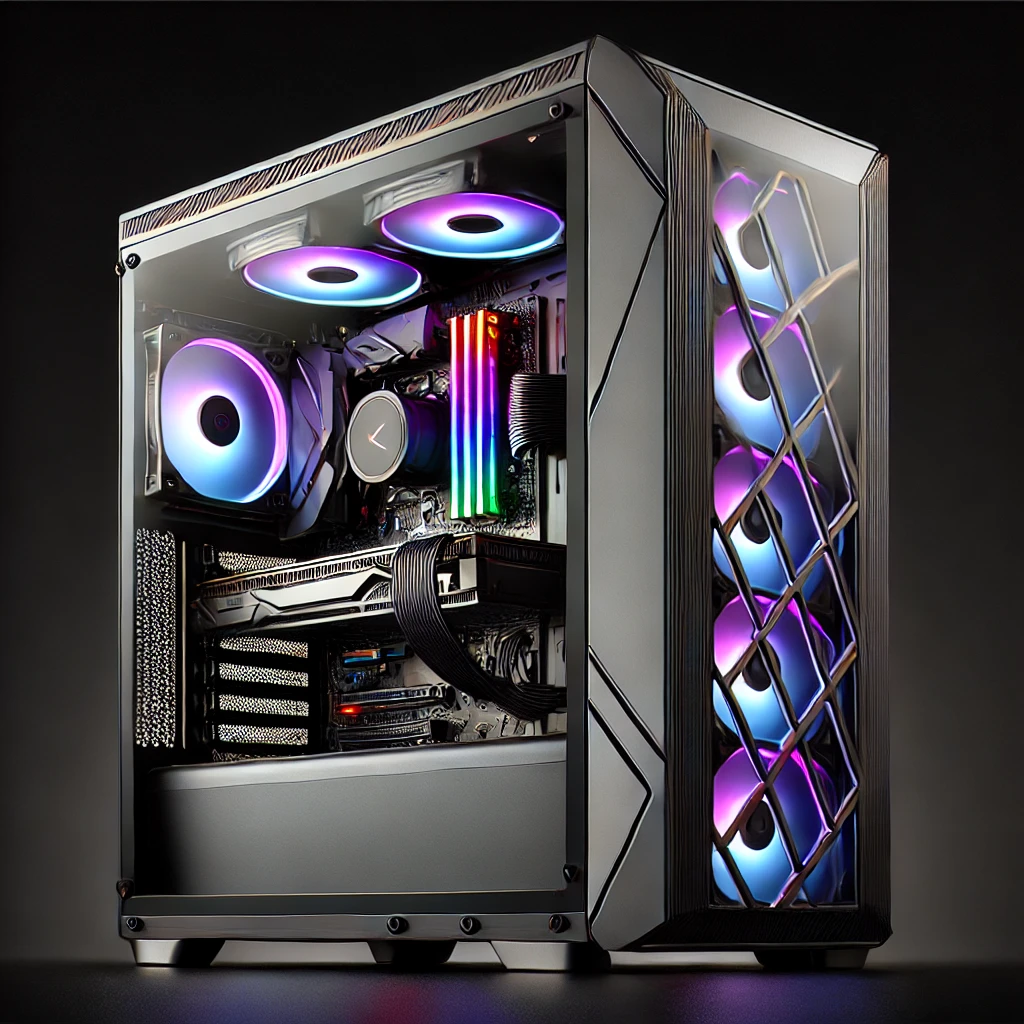Your cart is currently empty!
When it comes to building a custom gaming PC, even the most experienced technicians can encounter pitfalls. Assembling a powerful, efficient gaming rig requires attention to detail and an understanding of the nuances of computer hardware. In this post, we’ll explore some common mistakes that even tech experts make during the building process and how to avoid them.

1. Assuming Wi-Fi is Included In today’s world, we’re so accustomed to devices being Wi-Fi enabled that it’s easy to forget this isn’t always the case with custom PC builds. Many motherboards, especially those designed for high-performance gaming, do not include built-in Wi-Fi. This oversight can be a significant setback, especially for gamers looking for a seamless online gaming experience. It’s crucial to check the specifications of your motherboard or consider adding a Wi-Fi card to your build list.
2. Forgetting the Operating System For technicians who primarily work with Apple or Linux systems, the idea of purchasing an operating system like Windows might slip the mind. Unlike the free operating systems of Apple and Linux, Windows requires a separate purchase. Remember, a Custom gaming PC is only as good as its operating system, so include Windows in your budget and planning.
3. Incompatible Processor Choices Matching a processor to the motherboard is a fundamental step in building a gaming computer. However, confusion between AMD and Intel processors and their respective compatible motherboards can lead to a frustrating mismatch. This issue is more common among beginners, but it’s an easy mistake to make under the pressure of building the best gaming machine.
4. Power Supply Miscalculations A power supply’s wattage and connector availability are critical factors in a gaming PC build. High-end graphics cards and other components require substantial power and specific connectors. Realizing too late that your power supply doesn’t meet these needs can be a major setback. Ensure your power supply has not only enough power but also the right connectors for all your components.
5. Case Size Limitations Choosing a compact case can lead to unforeseen challenges, particularly in fitting all your components inside. It’s essential to consider the size and form factor of each component, from the motherboard to the cooling system, ensuring everything fits harmoniously within your chosen case.
How to Avoid These Mistakes
- Thorough Research: Before purchasing components, thoroughly research their specifications and compatibility.
- Checklists: Maintain a detailed checklist of all necessary components and features, including less obvious ones like Wi-Fi capability and operating system requirements.
- Power Requirements: Calculate the total power requirement of your build and select a power supply that exceeds this to ensure headroom for future upgrades.
- Size Compatibility: Match the sizes of your components with your case, paying close attention to the dimensions of each piece of hardware.
Building a gaming computer can be a rewarding experience, but it’s essential to go into it with open eyes and a good understanding of the common pitfalls. By staying informed and attentive, you can assemble a powerful gaming rig that meets all your expectations.
For more insights and tips on tech and computer builds, keep following Lithgow Tech Services. Next time, we’ll dive into the world of gaming PC upgrades and how to ensure your system remains top-notch for years to come. Stay tuned!
Discover more from LithGeek Custom Gaming Computers
Subscribe to get the latest posts sent to your email.
Posted
in
by
Tags:

